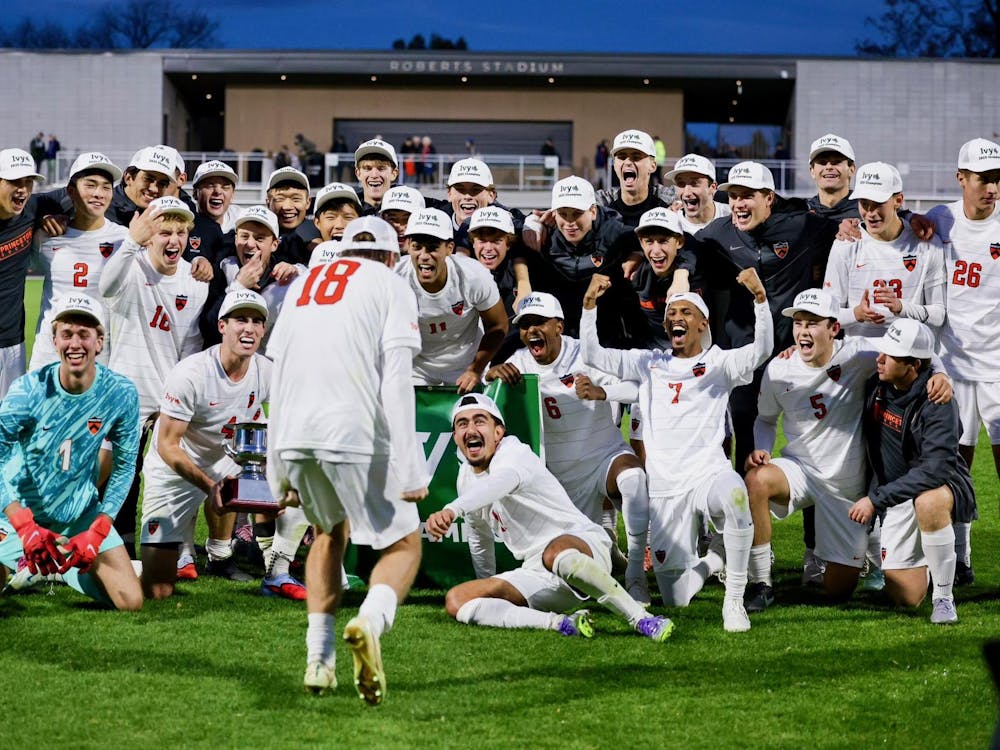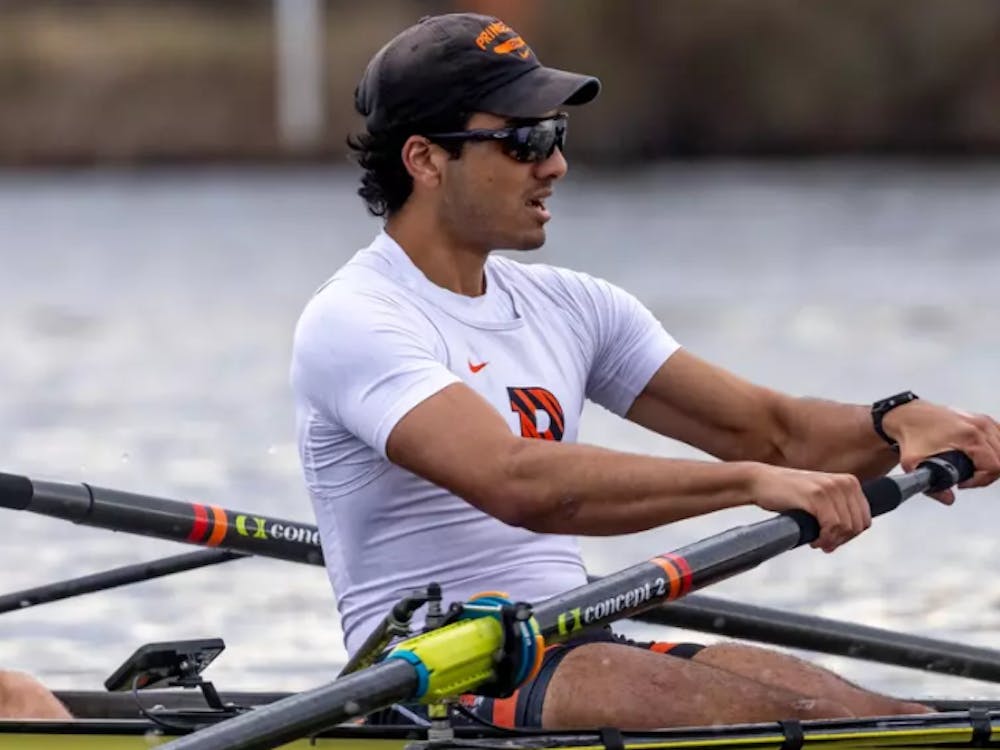The men’s and women’s diving squads have built a tradition of success, playing an integral role on the perennially powerful Princeton swimming and diving teams. But a quick glance is enough to show that despite certain similarities to their swimming teammates, the divers are a unique brand of athlete.
The typical diver usually starts off in some other sport, most commonly gymnastics. With high-flying, dangerous acrobatics a main component, many divers share a childhood passion for aerial tricks and risky stunts.
“A huge proportion of divers were gymnasts first because it’s pretty easy to translate flipping on land to flipping into water,” junior Katie Giarra said. “The hardest part is learning how to ride the board, but once you get that, the flipping and twisting is pretty much the same.”
With a huge component of diving stemming from its sheer technical complexity, much of practice is devoted to specific types of dives.
“We practice two hours a day, half hour of warmups, stretching and jumping around, and then you spend the next hour-and-a-half in the water,” junior Drew Wallace said.
Like many other sports, the transition from high school diving to college competition is profound.
“I think this holds for a lot of Ivy League athletes … it’s more intense than in high school,” sophomore Michael Papageorge said. “[In high school] I devoted my life to diving, and school came second … now at Princeton, school comes first and diving comes second.”
While most college swimming and diving programs are traditionally separate, the Princeton program embraces the unity of the two teams. Though they may compete in different parts of a meet, they win and lose as a team.
“A lot of Division I swimming and diving teams are really separate, but [Princeton University Competitve Swimming and Diving] is something else,” Giarra said. “While we’re at separate ends of the pool during practice, we definitely get to spend a lot of time together outside of the pool.”
“One of the main reasons I came to Princeton was because the dive team was included with the swim team,” Papageorge said. “So many teams are completely separate, and there’s a very big effort to make sure the swimmers and divers are one team [here].”
While competition at the high school level entailed success for the vast majority of the Princeton divers, the college stage has not only raised the bar of competition, but also the raised the feeling of success from a well-earned win.
Both Papageorge and Giarra have had very successful collegiate careers, and both cite their respective championship dives as the most influential moments in their Princeton diving careers.

“Diving is so small that we usually don’t have very big crowds at our meets. [At Easterns] having four or five thousand people there is just really cool,” Papageorge said. “It was the first time I’ve ever had that many people watching.”
“My favorite moment at Princeton was after my final dive, inward one-and-a-half pike, on one-meter at Ivies last year,” Giarra said. “You wouldn’t believe how cool it is to be under water where it’s dead silent and all of a sudden come to the surface and hear this insanely loud cheering from all your teammates, coaches, friends, family and even Dean Fred.”
Despite their technical differences, the Princeton diving and swimming teams are a close knit family, which has been essential to their continued dominance in the Ivy League.
As the men finish their dual meet season next week against Columbia, both the men’s and women’s diving teams will prepare for their conference championships and ultimately hope to qualify for the NCAA in the “Zone” qualifiers, which take place early in March.







